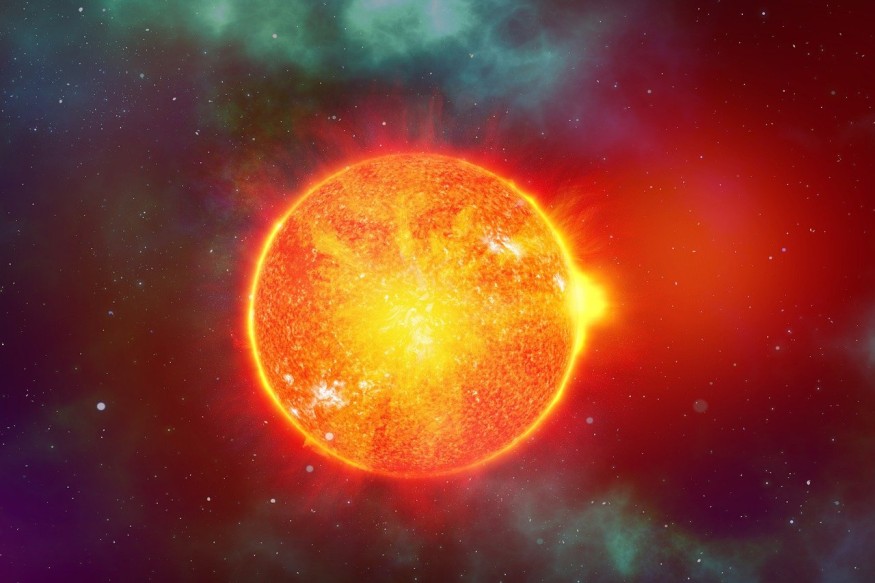Quadruple solar flares erupted from the Sun almost simultaneously earlier this week, emitting intense electromagnetic radiation that can disrupt Earth's radio frequencies and satellite signals.
The solar storm event was captured by the Solar Dynamics Observatory (SDO) of the National Aeronautics and Space Administration (NASA), which recorded four solar flares on Tuesday, April 23.
The rare space phenomenon is known as a "sympathetic solar flare" which is caused by multiple solar eruptions across the Sun's magnetic field. These sympathetic flares are defined by experts as solar flares that occur in different active regions of our Solar System's only star. This is not the first time that such an event was detected, since there were similar flares over the past several decades.
Solar Storm Alert

Not two, but four solar flares erupted from the Sun on Tuesday morning. A video of the quadruple solar flares uploaded on YouTube shows NASA's recording of the event that also emitted multiple wavelengths of solar particles.
The rare space event was also reported in a solar storm alert by the Space Weather Prediction Center (SWPC) of the National Oceanic and Atmospheric Administration (NOAA) on Tuesday.
Also Read : Solar Storm Alert: Explosion from the Sun Causes Radio Blackouts Across Australia, Southeast Asia
Sympathetic Solar Flare
A sympathetic solar flare or sympathetic flares have been described as a pair of flares that transpire almost at the same time in different active regions. The phenomenon happens "not by chance" but due to some physical connection.
These findings were according to a 2002 study published in The Astrophysical Journal, which highlighted statistical evidence of sympathetic solar flares.
Earlier this year, NASA also detected sympathetic solar flares on January 22, when two powerful flares exploded nearly simultaneously from the sunspot regions AR3559 and AR3561. Space weather reports at that time said that the sympathetic flare caused a shortwave radio blackout over parts of Australia and Indonesia. Other solar storms in recent years also caused similar blackouts on Earth.
Solar Cycle 25
The recent quadruple flares happened as the current Solar Cycle 25 is drawing near its projected solar maximum in 2025. However, previous reports suggest that the cycle's maximum will occur as early as 2024. This means that frequent and intensified solar storms such as solar flares and coronal mass ejections (CMEs) are expected, with some likely to hit Earth by disruptive solar particles.
Over the course of the next months leading to 2025, sympathetic solar flares and other solar storms are possible to continue. This is because the 11-year phase of Solar Cycle 25 has been previously reported to intensify next year, as mentioned earlier. This projection is based on the analysis of Solar Cycle 25 by experts from NASA and the NOAA.
The current cycle started with is solar minimum in December 2019 and it is expected to last until the year 2030, paving the way for a new solar cycle with its own recurring phases of solar storms and varying solar eruptions.
Related Article : Can a Solar Flare Be Powerful Enough to Wipe Out All Life on Earth?
© 2025 NatureWorldNews.com All rights reserved. Do not reproduce without permission.






